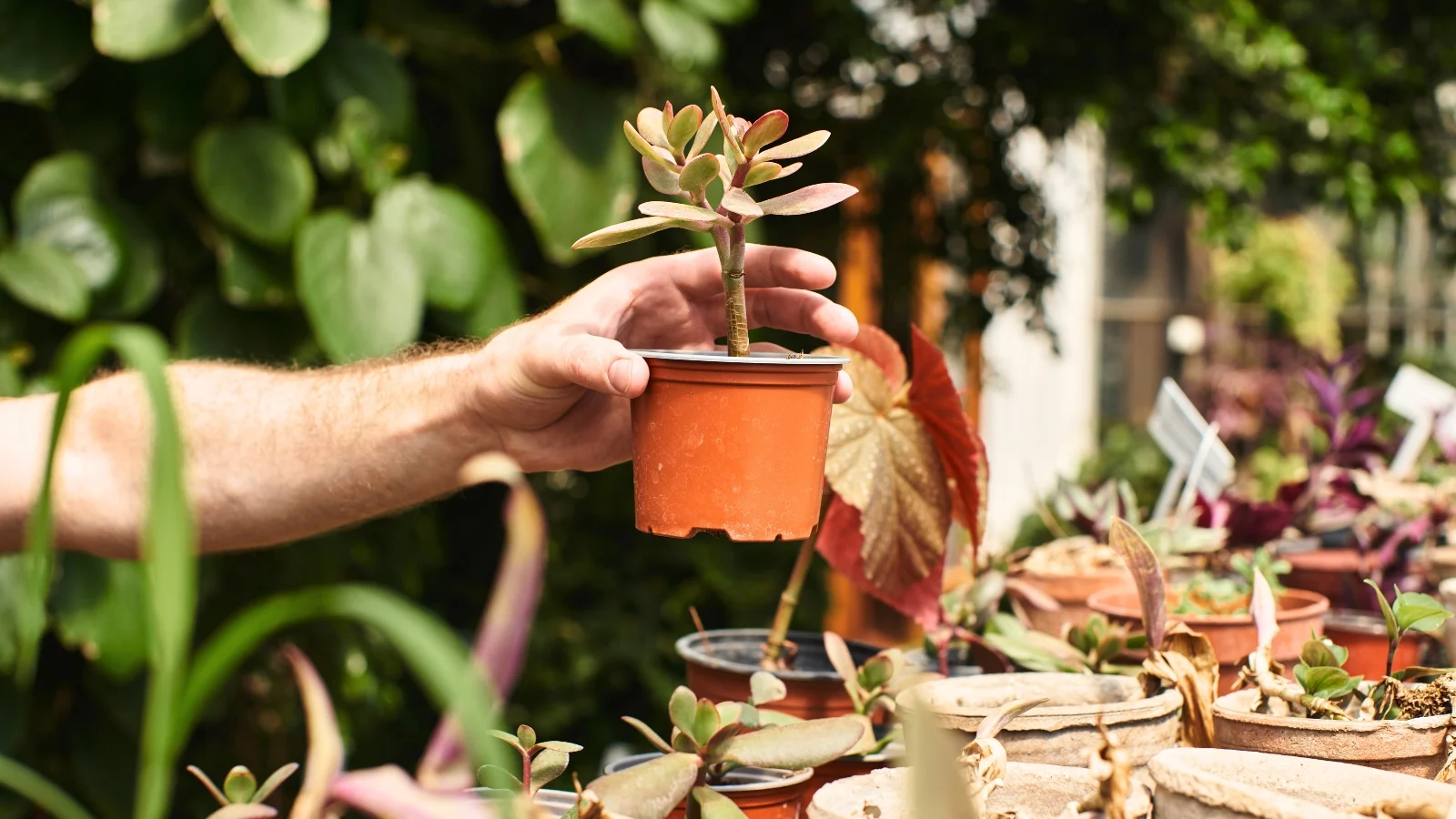Is your plant still living in its original container? It’s sometimes hard to know when to leave plants in their nursery pots and when to take them out. In this article, plant expert Matt Dursum explains when is the best time to ditch the nursery pot for a new container.
When we bring home new plants, they often look happy and snug in their nursery pots. They usually have everything they need to thrive—good soil, nutrients, and the right environment. So why disturb them?
While your plants might seem perfectly content in their original pots, that comfort could be short-lived. Some plants react quickly to stress in their surroundings, while others grow so slowly that repotting might never be necessary.
Figuring out when to move your plants to a new home depends on a few key things. Let’s explore how long you should leave them in their nursery pots and why it matters. The answer isn’t as simple as you might think.
The Short Answer
It really depends on a few factors—the type of plant, its age, the size of the pot it came in, and the quality of its soil. Some plants need repotting right away, while others can stay in their original containers for years. Sometimes, you just want to give your plants a nicer home, like these stylish pots.
The Long Answer
Before deciding whether to keep your plant in its nursery pot or transplant it immediately, let’s break down the key factors. You’ll learn when (and why) repotting matters.
Where Did You Buy It?
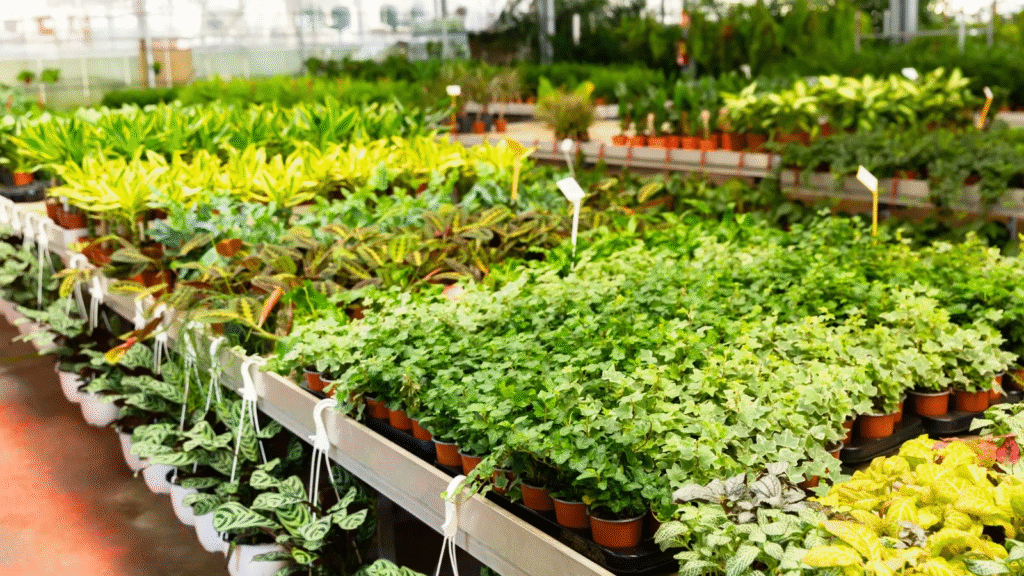
Nurseries make a good chunk of their profits from selling starter plants. To keep customers coming back, these plants need to look healthy and vibrant. The best nurseries use high-quality soil and care for their starters before you even take them home.
If you bought your plant from a reputable nursery, you can probably wait before repotting. But if it came from a place that uses the cheapest potting mix and flimsy containers, transplant it ASAP.
Stores like hardware chains, big-box retailers, and drugstores rarely have the best plant selections. They often use poor-quality soil—sometimes even adding fake fillers to make it look better. If your plant came from one of these stores, repot it immediately with better soil and a sturdier container.
What Kind of Plant Did You Buy?
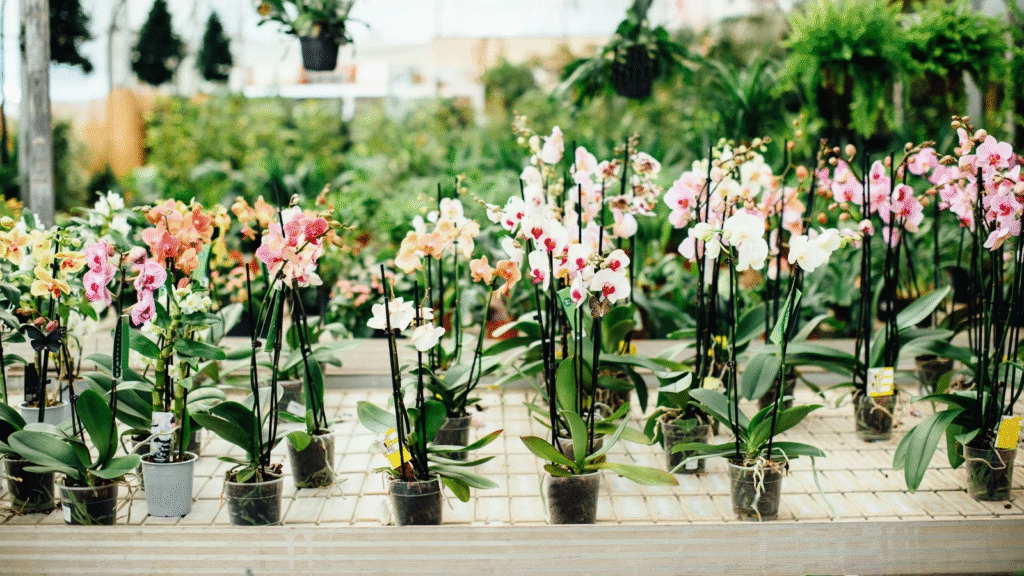
The type of plant you buy plays a big role. Some, like succulents, need a new pot almost immediately—they do best in breathable terracotta with well-draining cactus mix.
Orchids, on the other hand, are usually grown with extreme care in nurseries. Wait until they’ve finished blooming before repotting.
Other houseplants can stay in their nursery pots as long as the soil is good. But unless you bought them from a nursery that understands each plant’s needs, it’s safer to repot them right away.
How’s the Soil?
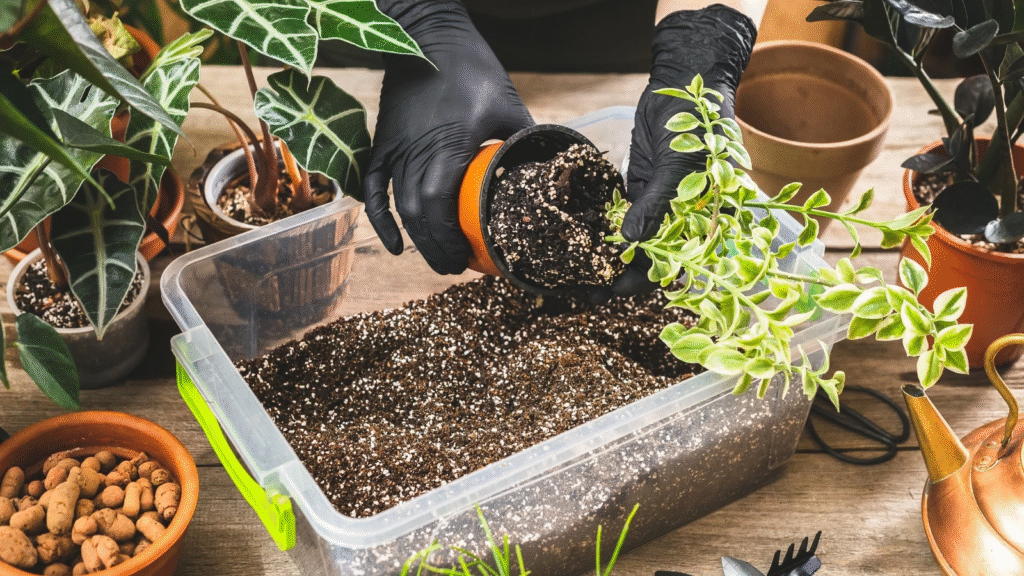
When you bring a new plant home, check its soil. If it drains well and looks rich in organic matter, you can usually hold off on repotting.
After watering, see how the soil drains. If it stays soggy, repot immediately. Look up the best soil type for your plant and switch it to the right mix.
As mentioned earlier, stores that don’t specialize in plants often use the cheapest (or wrong) soil. If the dirt looks low-quality or mismatched for your plant, repot without delay.
Know Your Plant’s Needs
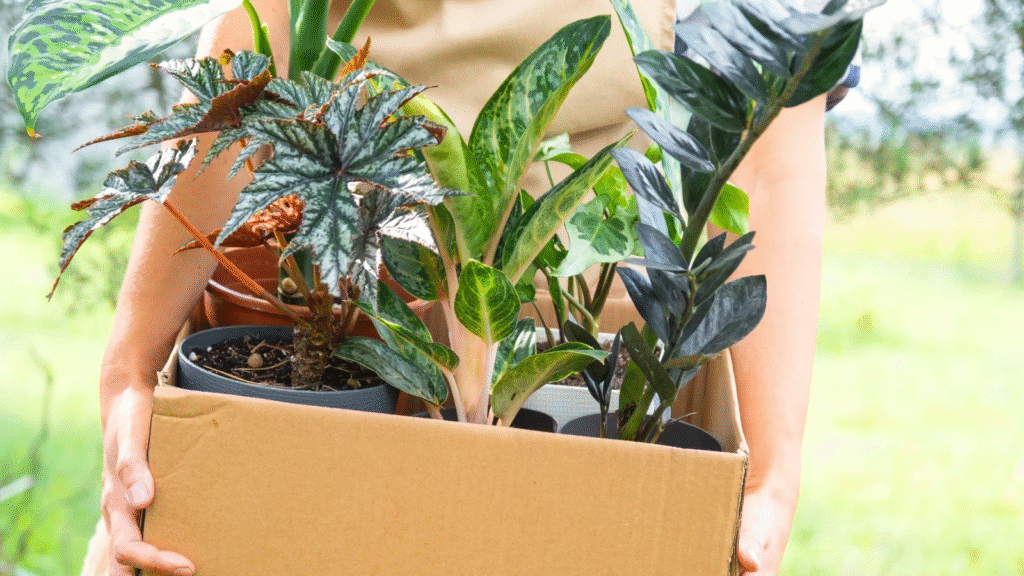
Some plants love roomy pots, while others thrive in snug spaces. Some need frequent feeding; others barely need nutrients at all.
When you bring a new plant home, research its ideal soil, fertilization schedule, and watering needs. Also, check if it’s prone to issues like root rot from overly wet soil.
Each plant has unique requirements. If its nursery pot and soil don’t meet those needs, it’ll need a new home soon.
Here are a few common houseplants and their preferred conditions. If they’re not in the right setup, repot them immediately.
Pothos
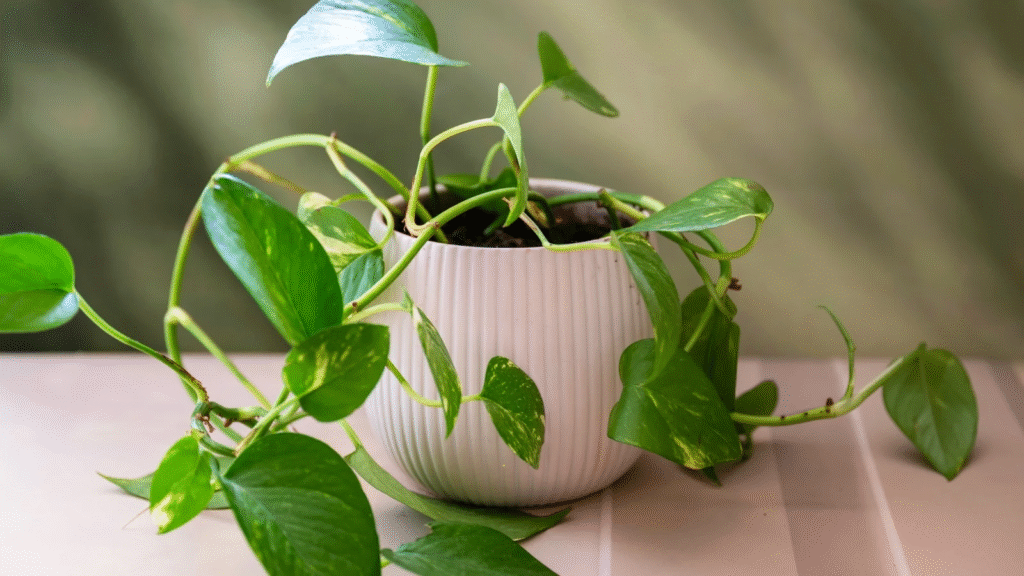
Pothos thrive in all-purpose potting mix and pots with good drainage. Choose a container a few inches larger than the root ball. Feed them with balanced organic fertilizer every 2-3 months during their growing season.
Orchids
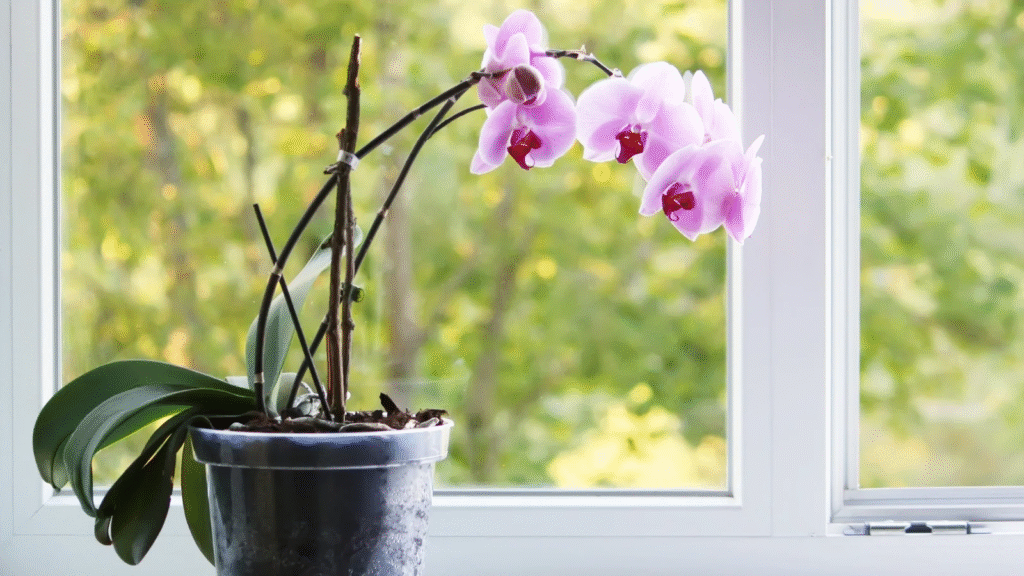
Orchids vary widely. Phalaenopsis orchids (common houseplant types) prefer orchid bark, while terrestrial orchids do well in regular soil.
Know which kind you have. Repot after blooming, using the right mix and container.
Snake Plants
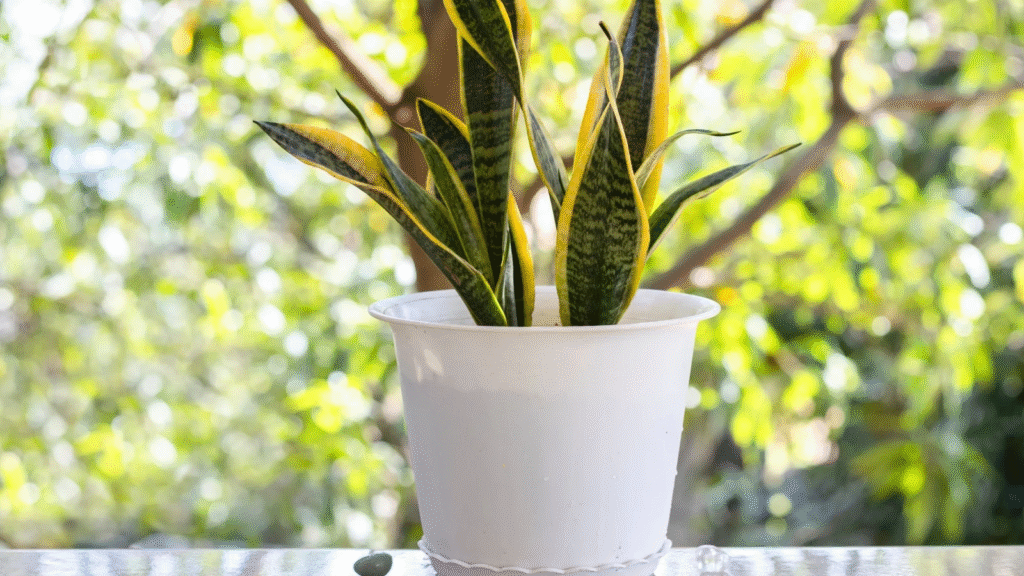
Snake plants like well-draining soil with organic matter. They actually prefer being slightly rootbound.
If yours is from a trusted nursery and looks healthy, you can wait to repot. If it starts tipping over from weight, move it to a larger pot.
Cacti
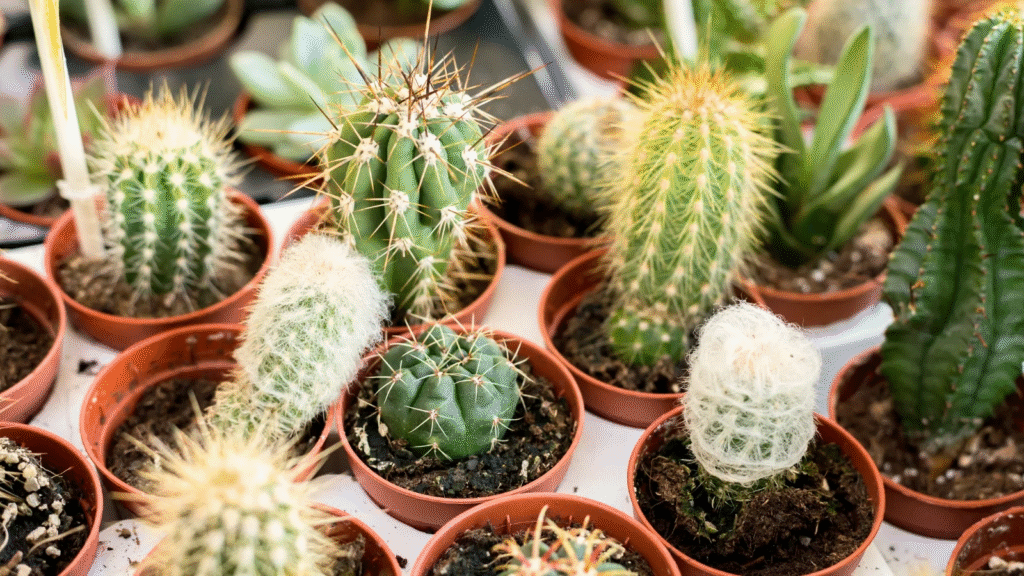
Switch plastic for terracotta to let it breathe.
Cacti and succulents need excellent drainage and breathable pots. If yours is in plastic, repot it into terracotta or clay. If the soil feels too damp, switch to a fast-draining cactus mix.
Boston Fern
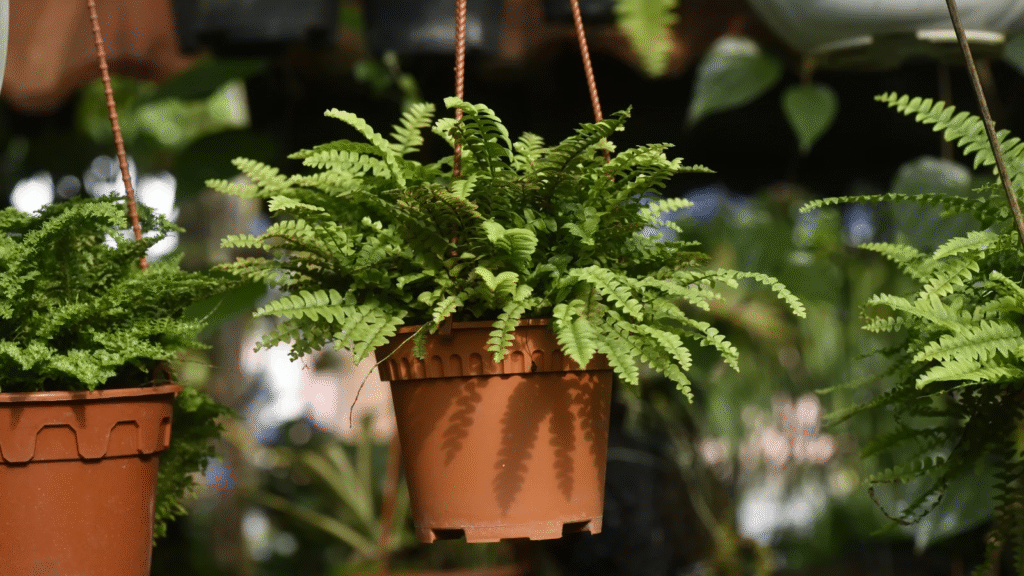
Divide when crowded, but don’t rush repotting!
Boston ferns love rich, well-draining soil—peat moss or coconut coir works well. As long as the soil is good, repotting isn’t urgent.
Instead of repotting, divide them every few years when roots get too crowded.
How Do They Look?
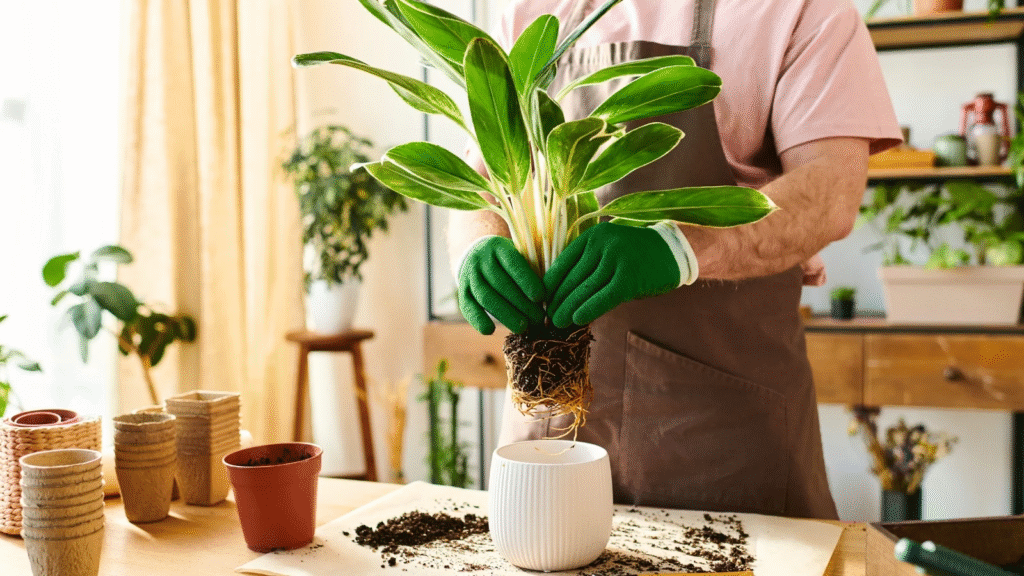
A new pot can fix wilting, yellowing, and other issues.
This might seem obvious, but if your new plant looks sickly, it may need repotting. Even healthy-looking plants can hide problems. The biggest sign it needs a new home? Signs of stress.
Wilting, yellow leaves, or drooping can signal issues with its growing conditions. Check for roots poking out of the soil. If possible, gently lift the plant to inspect the roots. If they’re circling or escaping the pot, it’s time for an upgrade.
Repotting can solve many problems—it lets you check for root rot, pests, and other issues while giving you full control over the plant’s environment.
Final Thoughts
Deciding when to repot depends on many factors, but the biggest ones are the plant’s health and where you bought it. Always repot carefully to avoid shock.
Leave your plant in its nursery pot as long as it looks healthy and the container is decent. If it’s thriving, there’s no rush. But if it shows signs of stress from poor soil or a cramped pot, repot it right away.

